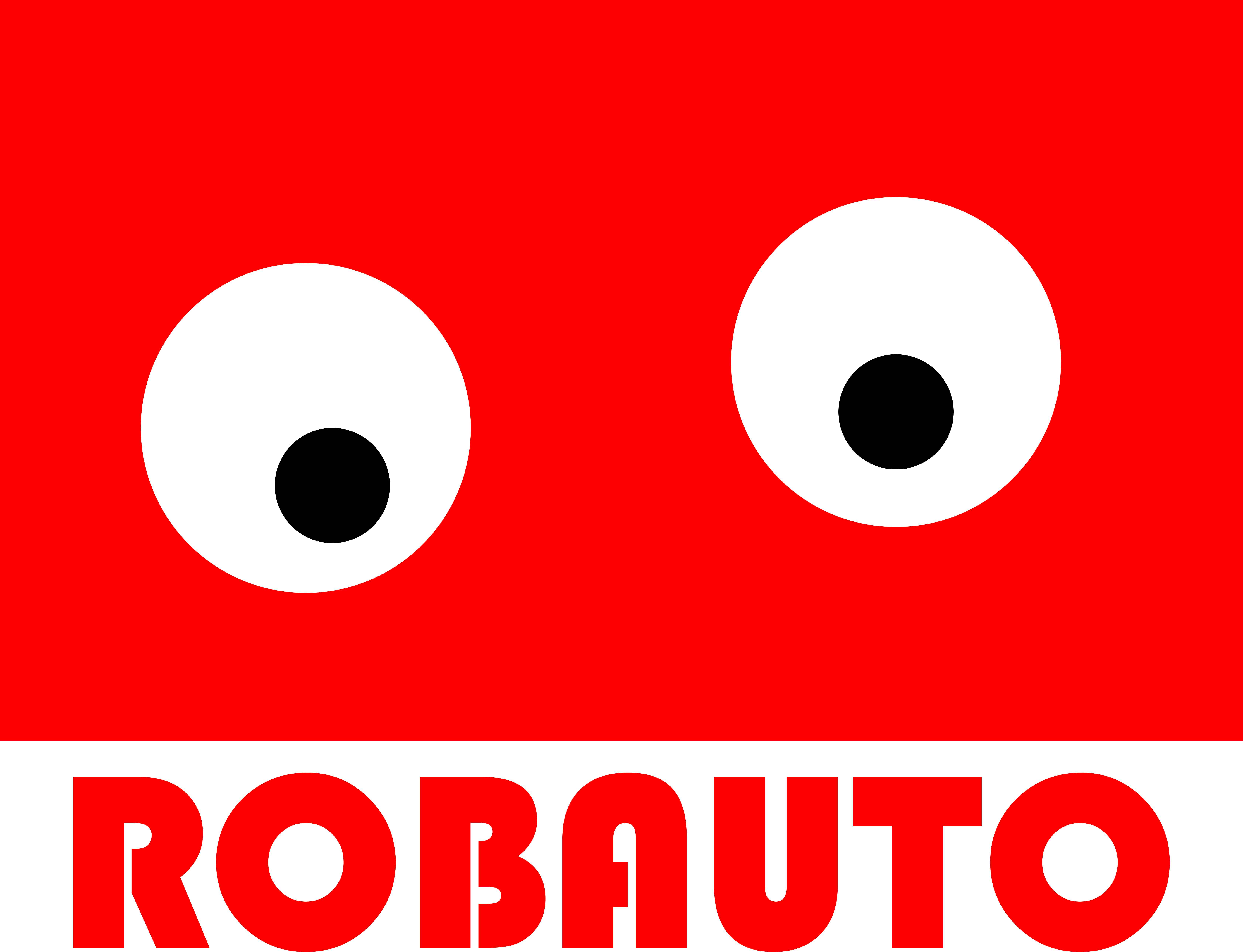Imagine you’re building a robot that can recognize pictures of your favorite animals—dogs, cats, maybe even dragons! To help your robot learn to tell the difference between a dog and a cat, you’d need something super smart, like artificial intelligence (AI). But how do you teach your robot? That’s where TensorFlow comes in.
What is TensorFlow?
At its core, TensorFlow is a tool that helps computers learn to do things on their own, just like how you learn from practice. But instead of practicing soccer or math, the computer practices by looking at data. TensorFlow makes it easier for computers to practice and get better at tasks like recognizing pictures, understanding speech, or even playing games.
How Does TensorFlow Work?
Let’s break it down with an example:
- The Goal: Say you want your robot to look at a picture and say if it’s a dog or a cat.
- Training the Robot: First, you give the robot thousands of pictures—some of dogs, some of cats—and tell it which is which. The robot doesn’t know at first, but with TensorFlow, it starts to learn. It looks for patterns, like the shape of the ears, the size of the nose, or the fluffiness of the fur.
- Making a Guess: After practicing on these pictures, the robot gets good at recognizing the patterns. Now, when you show it a new picture, it can make a pretty good guess whether it’s looking at a dog or a cat.
- Getting Better: The more pictures you show the robot, the better it becomes at making the right guess! This is called machine learning—computers get better at tasks by practicing with lots of examples.
Why the Name “TensorFlow”?
The word “TensorFlow” sounds complicated, but it’s just made up of two words:
- Tensor: A fancy word for numbers or data that the computer looks at. Think of it like a big list or a grid full of information.
- Flow: This is how the data moves through the system and how the computer learns from it. The data “flows” through different steps (called layers) until the computer makes a decision.
What Can You Do with TensorFlow?
There are tons of cool things TensorFlow can help create! Here are some fun examples:
- Self-Driving Cars: TensorFlow helps cars learn to drive by recognizing stop signs, other cars, and even pedestrians.
- Voice Assistants: When you ask your phone something like “What’s the weather?”, TensorFlow helps it understand what you’re saying and give you the right answer.
- Translating Languages: If you’ve ever used a translation app, TensorFlow helps by recognizing words in one language and changing them into another language.
Why Is TensorFlow Important?
Before TensorFlow, teaching computers was really tricky and took a lot of time. TensorFlow made it easier for people—scientists, engineers, and even students—to build smart systems without having to do all the hard work from scratch. It’s like using a calculator instead of doing long division by hand!
Now, with TensorFlow, AI is more accessible, and we see cool advancements all the time. It’s even used in games, art, and health care!
How Can You Start Learning TensorFlow?
If you’re curious about TensorFlow and want to build your own smart projects, you can start small:
- Try using coding websites like Scratch to understand basic programming.
- Explore tutorials online that introduce AI and machine learning.
- And if you’re really into it, you can download TensorFlow for free and start experimenting!
In a nutshell, TensorFlow is like a super-smart teacher for computers. It helps them learn from examples, improve with practice, and do amazing things—like identifying animals or even driving cars! Whether you’re into robotics, gaming, or science, TensorFlow opens up a world of possibilities for you to explore.
